Unraveling the Mysteries of Free Radicals is fascinating
26. 2. 2024
He was often in the laboratory in his childhood and has stayed there. He is interested in radical chemistry and enjoys comparing experiments with theoretical models. Just as nanomaterials are interesting because of their nanoscale dimensions, radical processes are similarly interesting because they are "nano" in the time dimension. "The half-lives of these radicals are in the nanosecond range. Such processes have a certain mystery to them, and unravelling them is fascinating to me," says Stanislaw Waclawek, a successful scientist at CXI TUL.
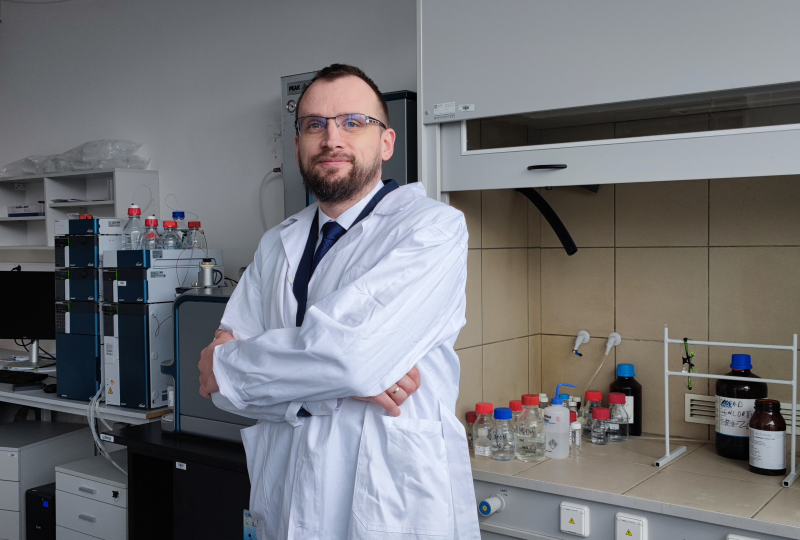
Why did you become a scientist?
Both of my parents were scientists and I visited chemistry labs as a kid, so I guess I decided really early on. I remember being intrigued by the different colours of compounds at the time, and now spectrophotometry is also one of my favourite subjects to do in the lab with my research group.
What is your area of expertise and what kind of research are you involved in?
For example, we use spectrophotometry to detect various short-lived species such as radicals. Overall, radical chemistry has also been a topic of interest since the beginning of my scientific work. This research could be considered both basic and applied because we decipher radical processes, and this can be applied, for example, in the chemical water treatment, where many radical-based processes take place. There are other areas of research that I have done in my scientific work, such as graphene-based materials, but most of my work has been on water treatment processes.
How do you find and select what topics to pursue in your research and development?
For about 10 years I have been working with radical processes that are hardly observable to the naked eye. Just as nanomaterials are interesting because of their nano dimensions, radical processes are interesting because they are nano but in the time dimension (the half-lives of these radicals are in the nanosecond range). Such processes have a certain mystery to them and unraveling them is fascinating to me. Therefore, I think this will be one of the areas of research in which I will continue for several years.
How would you explain radicals and their processes?
Radicals are reactive species that can rapidly degrade contaminants. Three areas of research are essential for me in this topic:
1) how to detect them?
2) how exactly do they react with contaminants
and 3) how to produce them in large quantities using inexpensive and environmentally friendly methods.
There are more research problems, of course, but these are of particular interest to me.
What do you enjoy most about your science?
The best part is comparing experiments with theoretical models. For example, radicals react quickly, so it is challenging to study their reactions experimentally. Theoretical calculations (using only a standard computer) can help to understand the exact course of the reaction. Of course, it is not only radical reactions that can be studied theoretically; for example, the chemistry of materials as well as the adsorption/complexation process can be better understood in this way. This is one of the topics I am working on in the project of Assoc. Prof. Michal Řezanka (cyclodextrin complexes with persistent organic pollutants). This kind of work is also appealing to me.
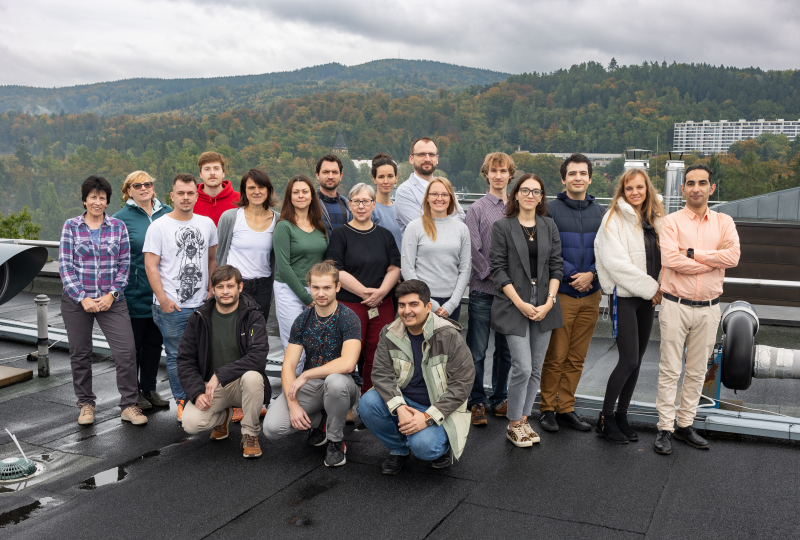
Since spring 2023, he has been leading one of the largest teams at CXI - the Environmental Chemistry Department. What does your department do?
Our department has two main thrusts: 1. is analytical services provided by a primarily accredited laboratory. 2. is research into innovative water analysis and purification processes.
What are your specific services and activities?
The accredited laboratory provides a wide range of chemical analyses and is accredited by the CIA. The laboratory focuses on services for research projects at the University, as well as for partner institutions, and is also available to the public, particularly in the areas of drinking water analysis and wastewater analysis. The second strand is partly linked to the accredited laboratory but is slightly more research oriented - our chromatography laboratory. Here, for example, we analyse pollutants that are absorbed by plants from groundwater, and in addition we develop various sorbents for analytical applications.
We also have a laser laboratory where our main research focus is laser fabrication of colloids. The most concise way to describe this is that we irradiate a solid substance with a laser and release nanoparticles, which we later separate. These nanoparticles can later be used in the environmental catalysis laboratory, where we mainly focus on investigating the catalytic removal of pollutants (from wastewater) and the catalytic synthesis of chemicals. We are also working on the green synthesis of sophisticated catalysts for various environmental applications. The latter two groups use the services of the former two groups - accredited and chromatographic laboratories.
Who are your collaborators? How big is your team?
The Environmental Chemistry Department consists of 4 groups and each group is led by 4 talented scientists. The groups work closely together. The accredited lab is headed by Lenka Lacinova, the chromatography lab is headed by Stanislava Vrchovecka, the laser lab is in charge of Rafael Torres and the environmental catalysis lab has Daniel Silvestri as head. Including the students who are employed by us on a temporary basis, our team has more than 25 people.
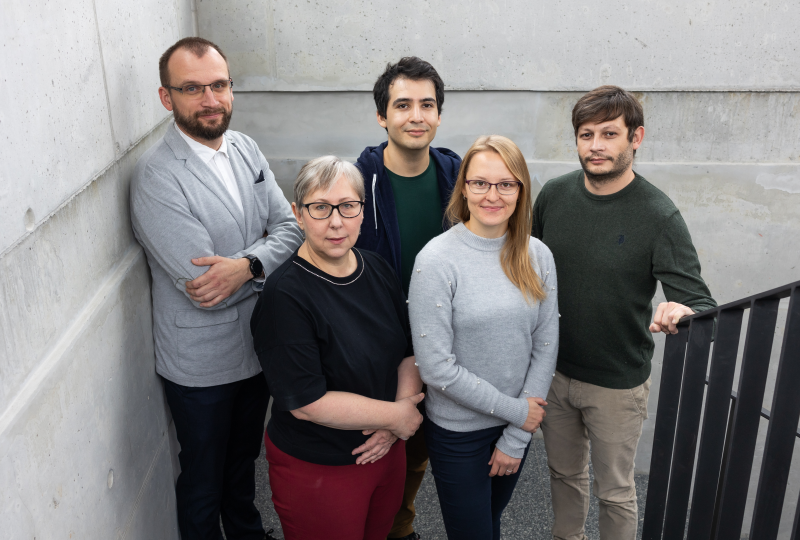
What projects are you and your team currently involved in?
Since this year, we have started working on remediation technology of activated persulfate for in situ chemical oxidation with Dekonta, which is our lead partner in this project coordinated by Dr. Ondrej Lhotsky, and my collaborator from Taiwan, Prof. Kun-Yi Andrew Lin, with whom we have previously published a number of scientific papers. Among other things, we will be studying the reactions of radicals (formed from persulfate) with various contaminants, which may ultimately improve the quality of the groundwater being studied. Our coordinator for TUL is Dr. Jan Němeček. We are involved in several other projects, but this is one of our most recent. Prof. Černík was instrumental in getting this project together with us.
With which institutions or industrial partners do you cooperate?
In addition to the collaborations mentioned above, I must mention Professor Jaroniec from Kent State University, whom I visited a few years ago and we have published several highly impactful papers together. I also visited the University of Cincinnati, where I worked with Professor Dionysiou, who unfortunately passed away recently. We had a successful TUL-UC project, a number of publications and joint Editorial activity, for example in the Chemical Engineering Journal. From Europe, we collaborated with Professor Weber from Hochschule Zittau/Görlitz and many others, for whom we do not have sufficient coverage in this short interview.
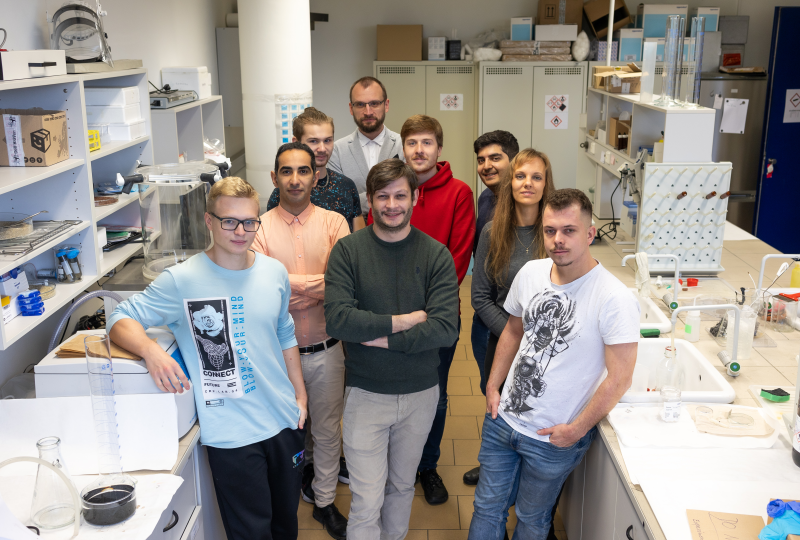
You come from Poland. How did you come to the Czech Republic and Liberec?
After finishing my Master's degree in Poland, I wanted to find a job abroad, and I chose the Czech Republic because I had spent a lot of time here as a child and knew it a bit. TUL accepted my application, and I became a student.
What are your plans for the future in your own research and as head of OECH?
Last year we submitted several grants (not only) on radical chemistry. I hope to be able to work on some of them during this year. As the head of OECH, I plan to support the individual research group leaders that work within the department (Dr. Lenka Lacinová, RNDr. Stanislava Vrchovecká, Dr. Rafael Torres and Dr. Daniele Silvestri). They are very competent people and I believe that they will write good projects, scientific publications and thanks to them we will provide more valuable and better services in our laboratories. In addition to the experimental work mentioned above, we also perform quantum chemical calculations that allow us to understand the processes we observe experimentally. For example, we can predict the colour of any compound and, thanks to this, select suitable substances for sensor applications accordingly.

What is most important to you in your work?
I place great emphasis on the elegant presentation of results in any form. For example, I spend many hours correcting publications/projects/presentations, and I require this behaviour from my students/workers as well.
What is your greatest achievement?
As for my personal achievement, I think it could be related to the design of new methods for spectrophotometric detection of various reactive species (e.g. persulfates and radicals generated from them), for which we have written many projects, publications and a patent. As for the team, I think publications. In the last few years, my group has made great progress in this area.
Is there anything you don't enjoy in your scientific work?
As for what I don't enjoy: I'm not sure I can find anything; there are scientific projects where I have to do things I don't enjoy, but in most of them you can still find something interesting.
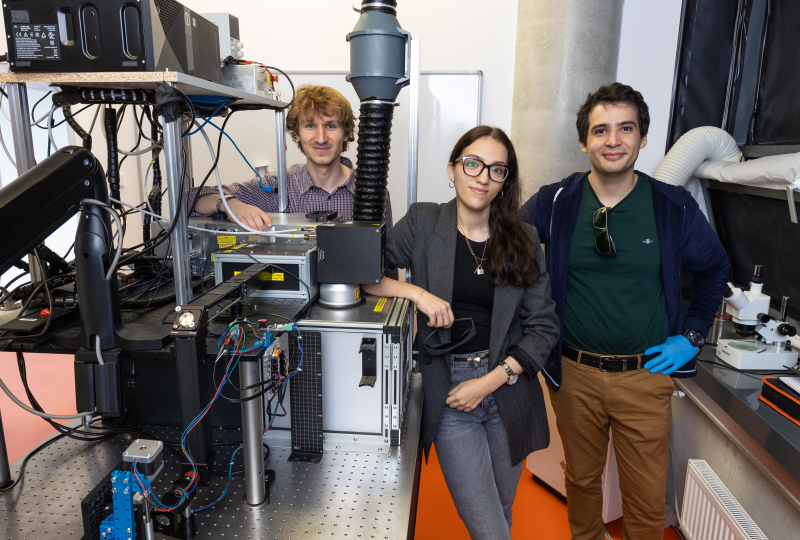
Are you seeing a decline in projects or orders due to the crisis?
I started leading the department relatively recently, so it's hard for me to judge what state it was in in 2020 and 2022, for example. Last year, we submitted around 20 projects, so there are opportunities to win projects and we hope to implement some of these projects. In terms of the contracts for the accredited laboratory, the number is higher than in previous years. We are growing and I am happy about that.
How much does it cost to work with you as a company?
Less than the competition, of course :-). When it comes to water analysis, we have very good prices for various attractive analysis packages. You can find more information on our website: https://cxi.tul.cz/akreditovana-laborator-cxi-tul.
We also offer high quality and valuable research, which we carry out together with many companies in national and international projects.
What problems do you solve most often in your work?
Lowering the detection limits of our instruments.
How do you see the immediate future of your department?
Research will be focused primarily on
1) Innovative ways to enhance the reliability of analytical methods (e.g., development of new SPE techniques);
and 2) a better understanding of the processes involved in advanced oxidation/reduction techniques.
These two objectives are interrelated because highly reliable analytical methods are needed to better elucidate contaminants' oxidation/reduction pathways.
If you've read this far in our interview, you may be as fascinated by the mystery of free radicals as Stanislaw Waclawek. The role of free radicals is crucial in water treatment processes. Thank you for the interview.




.png)
.jpeg)
.png)
.jpeg)
.png)
.jpeg)
.png)


.png)